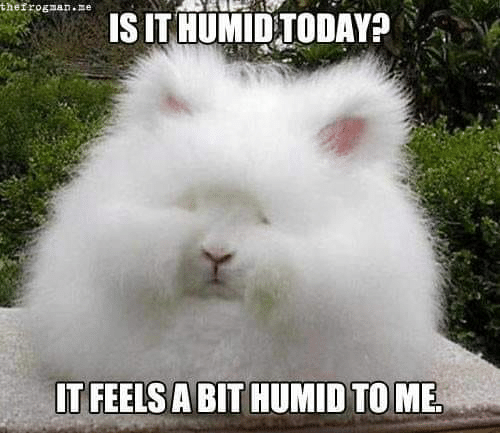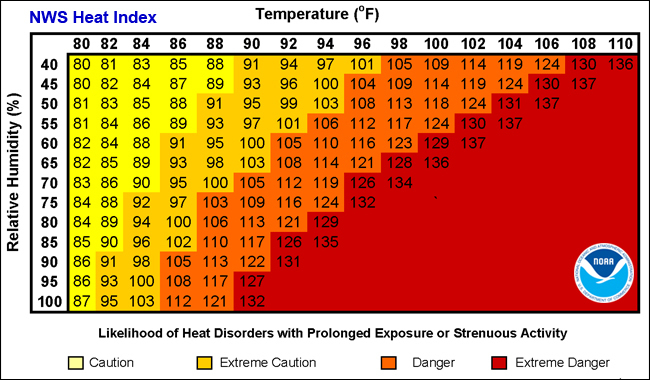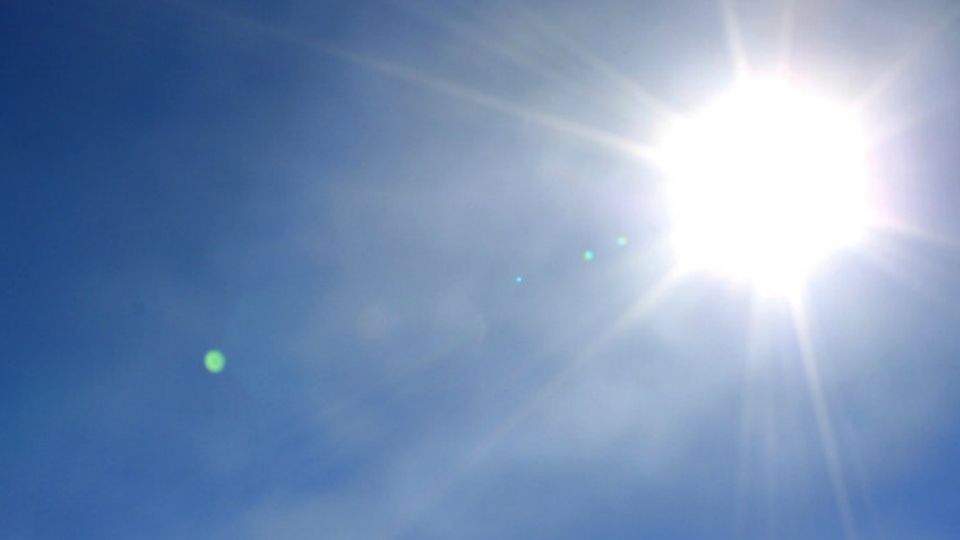New York in the summer can become brutally humid, but what does the term mean and how do we measure it? The answer is not as simple as how frizzy or not your hair becomes that day. It is a bit more complicated.

Humidity is measured by looking at something called dew point. Dew point is the temperature that the air needs to be cooled to, in order to achieve a relative humidity of 100%. Simply put, the higher the dew point climbs, the greater amount of moisture there is in the air, and the more humid it feels.
To help you break that down…when dew points are in the 50s and low 60s, it will feel comfortable outside. When the dew point climbs into the mid-60s you will feel a muggy or sticky feel in the air. When dew points climb into the 70s, that’s when it will start to feel oppressive outside!
One phrase you may have heard your meteorologist on TV say is “Feels like temperature.” This expression refers to what is scientifically known as heat index. The heat index indicates the level of discomfort a person will experience as a result of heat and humidity. Meteorologists have an equation and a chart with the projected temperature and humidity levels. Using both, the heat index can be found.

Humidity impacts your life in a variety of ways. Some you know (that frizzy hair I mentioned earlier), some you may not. When you work out on a humid day it is a lot easier to overheat or suffer from heat exhaustion. The reason is the air is already filled with moisture. That means your sweat evaporates slower and as a result doesn’t cool you down as quickly.
Another potential health risk that humidity makes worse is breathing. Anyone who suffers from asthma or has a breathing condition may have an even harder time getting a deep fulfilling breath on a humid day. That’s because water vapor in the air can decrease the amount of oxygen that is typically floating around. It can also allow for molds to grow quicker, something known to cause asthma attacks.
Something affected that is a bit less serious, but equally as annoying, is electronics. If you bring electronics outside into a hot and humid environment after they’ve been inside in a cool house, condensation can form on it’s important inside parts (I’m not going to pretend like I know what’s inside your iPhone!).That usually stops the electronic from working properly temporarily!
Humidity is something you can’t avoid if you want to be outside in the summer! Just remember to be aware of the weather forecast and do your bets to stay cool!





